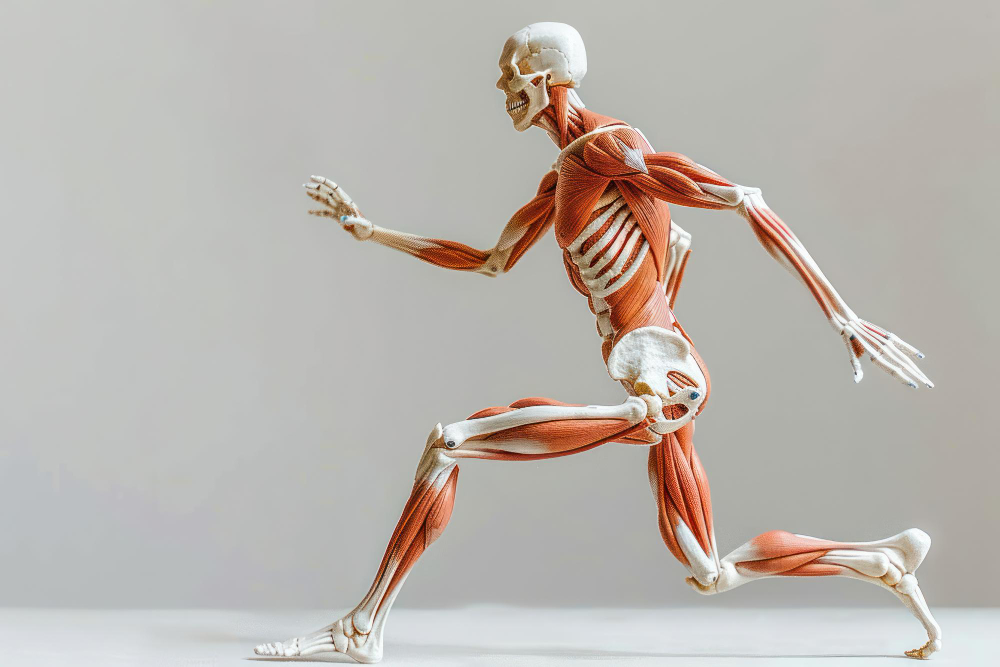- Immediate contact :
- +1-323-988-5889
- info@sonosif.com

Advantages of Pediatric Ultrasound Imaging
September 30, 2020
Liposuction
October 2, 2020Musculoskeletal ultrasound is an imaging technique that adds a different and complementary dimension of imaging evaluation to traditional modalities of plain radiography, computerized tomography(CT), and magnetic resonance imaging (MRI).
It is used to allow physicians to effectively visualize and detect sprains, strains, tears, trapped nerves, arthritis, and other musculoskeletal conditions and efficiently treat them.
Which Ultrasound Scanner is the best for Musculoskeletal Imaging?
Using the convex and linear color doppler Wi-Fi Double Head Ultrasound Scanner CLCD enables rheumatologists to visualize the injured musculoskeletal tissue right in the office without having to wait for an MRI, inject the injured structures, and maintain continued needle visualization of the targeted areas.
The high-resolution images are transferred via Wi-Fi into your phone or your tablet’s screen for a clearer visualization of the musculoskeletal system and thus a more specific diagnosis of the musculoskeletal lesion.
Before Musculoskeletal Ultrasound, when a physician needed to do a joint injection, he/she would have to take an educated guess as to where the injection should go. Through training, most physicians can do this fairly accurately, but there was always a risk of human error. This caused a variety of problems such as unnecessary damage to the tissue around the area being treated, treatments that missed the affected area, and various post-treatment complications.
Yet, with musculoskeletal ultrasound, if a physician needs to deliver an injection, he/she can see a clear picture of where the injection is being directed within the body. Consequently, the physician is able to treat the affected area with pinpoint accuracy and avoid any mistakes. This achieves faster pain relief, quicker recovery, and no unnecessary complications.
Furthermore, high-quality imaging has enabled musculoskeletal ultrasound to become a preferred tool for diagnosing both benign and malignant soft tissue tumors, hernias, and ganglionic cysts. The technique is also suitable for detecting pathological changes associated with certain diseases, such as rheumatoid arthritis and carpal tunnel syndrome.
References: Ultrasound-Musculoskeletal, Musculoskeletal Ultrasound,





